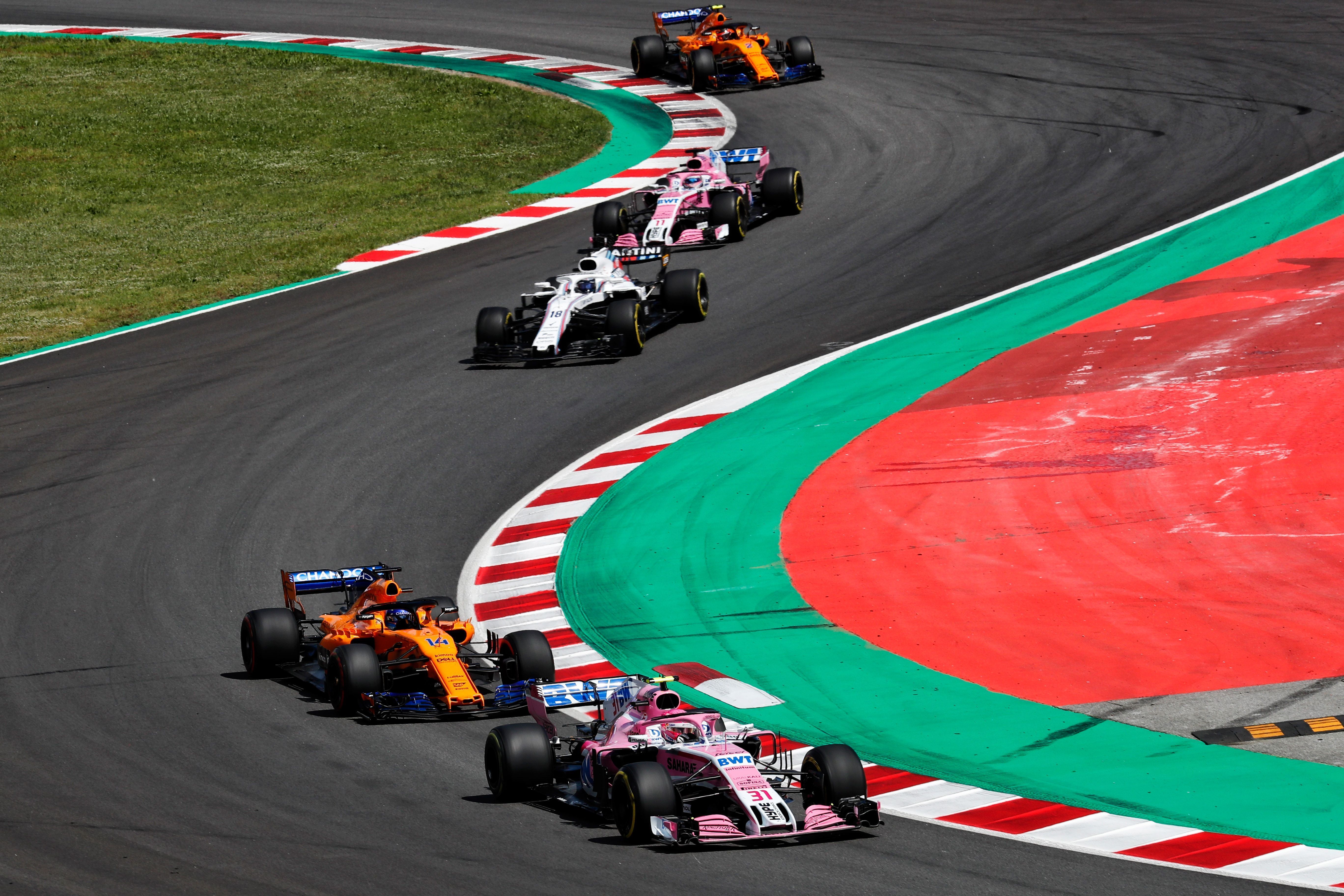Discussions are on-going for months now as to how Formula 1 will look like beyond the 2020 season when the current cycle of agreement runs through with all the teams. Various proposals have been thrown into debate so far.
Liberty Media showcased a blueprint of future F1 during the Bahrain Grand Prix weekend and got back together during Monaco Grand Prix to further discuss the matter and try and reach a consensus among the teams, the FIA and the FOM.
While the power unit regulations seems to be in place after it was decided to drop MGU-K and standardised some parts to bring down the costs, the commercial agreement remains a point of discussion – which will be important for the midfield teams’ future.
Williams’ Claire Williams was one of the team boss’ who sounded positive after the initial meeting in Bahrain which discussed about the long-debated cost cap in F1. The speculated amount of $150 million (excluding certain aspects) was said upon.
However, the bigger manufacturers said it would be difficult for them to cut down so much with a common ground still to be reached on. “I’m not on the champagne any more, that’s for sure. More water,” she joked to start off.
On a serious note, she said: “They’re working hard, clearly, there’s obviously a lot of work to do, we all know that, and we have to work together, which we are doing, in order to make sure that the proposals that we’re going to have for 2021 work for all the teams as best they can – and that’s not an easy piece of work.
“It’s not exactly what we want, as a team, as Williams, but I think we’re probably getting closer and hopefully if we can get the budget cap in place that brings us… I know they’re reporting [$]150[million] but if it was a bit higher then fine, we all have to compromise.
“I think they are very close to the power unit regulations, to get those locked down, which would be great because hopefully that would attract new OEMs into our sport. It’s just a process, a continual process that everybody’s working hard to make sure that we can get set in stone sooner rather than later.”
Another of the private teams’ member Haas’ Guenther Steiner admitted that it is not an easy job to ‘please’ all the 10 teams, but he has full faith on the heads to devise a sound proposal – revealing that they are yet to receive a complete proposal.
Meanwhile, a vocal Force India’s Robert Fernley added: “I think I like the process that Formula One Group are bringing in where it’s very much done by consensus, as opposed to individual teams pushing their own agendas, which is what it used to be.
“So, I think they’re going through a very constructive process in that manner. I agree with Guenther, and Claire, that we need to get the engine regs nailed, hopefully this month so that those can move forward. I’m less concerned about the chassis regs.
“I think we could wait a while for those because again, the sooner they come out, the bigger teams have got opportunities to put resources behind it – so it’s not urgent that this happens as long as we keep moving on the path. We’ve made a change for 2019, which is a step towards the 2021 programme, which will give some very clear direction.
“They won’t get it right for sure, but it will give good direction in terms of where we want to be for ’21. We could be looking if there are elements for standardisation, or proscriptive elements. Those could start coming in quite early as they don’t affect development. So, I think it needs to just have that cohesive process – and hopefully over the next few months we’ll see that.”

